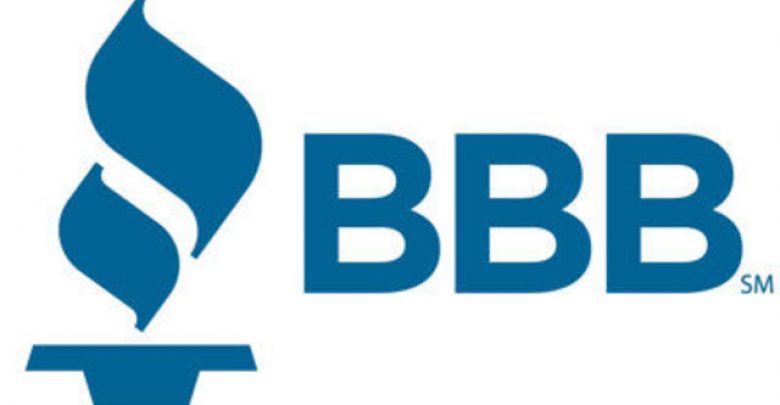BBB: Watch for Facebook scams

(BBB) — If you see a heart-wrenching post about a lost pet, a senior in need or a missing child on your Facebook feed, think twice before you share. It could be the setup for a bait-and-switch scam.
Read more or hear from Better Business Bureau Regional Director Pamela Hernandez:
Bait-and-switch scam posts are often made in local “buy and sell” Facebook groups that have limited admin oversight. The sad story is made up, and the photo in the post is likely stolen from somewhere else. Scammers could also use AI tools to generate images of children or pets that may not even exist in real life.
After you share the post, the scammer edits it. The new post could be about a sale, an opportunity for a job, rental or investment, or a request for donations – but what they have in common is that they’re all attempts to steal money or personal information from people. Because you shared the post, your Facebook friends may think you’re endorsing it.
Scams found on social media are becoming more common in reports to BBB. The percentage of people who reported engaging with a scammer via social media rose 63.8% from 2022 to 2023. Social media was the top scam contact method resulting in a monetary loss in 2023. In response, social media platforms like Facebook are providing guidelines for avoiding and reporting scams.
Long story short, don’t believe everything you see on social media. Get into the habit of verifying anything you see on social media before you share it by checking official sources like your local news or police department.
How to spot a bait-and-switch scam on social media:
- Look for red flags. If you see one or more of these in the post or the poster’s social media profile, it could be a scam:
- The post is urgent or tugs at your heart. Scammers manipulate people’s emotions to get them to share the post.
- There’s no phone number or agency to contact and the post doesn’t seem to come from an official or law enforcement source.
- Comments on the post are turned off. Scammers do this to prevent other users from warning about the scam in the comments.
- The original poster isn’t from your area but posted in a local group.
- The poster’s profile is brand new. Scammers re-make profiles when their old one gets banned.
- Check official sources. If a child goes missing or a tragedy occurs, you’ll likely see it on your local news or be able to confirm it with an official source like your local police department. Be wary if you can’t find information about the post outside of Facebook.
- Do a reverse image search. You can do a reverse image search on Google or with a website like TinEye to determine if a photo has been used in other posts. If you see lots of similar posts with the same photo, something’s up.
- Look for similar posts. Copy and paste the text from the post into Facebook’s search tool to see if other posts with the same text and different pictures show up.
- Know how to spot AI images. AI-generated images are becoming more sophisticated, but BBB’s tips may help you recognize them.
- Delete it and report it. If you think you shared a scam post, delete it from your profile. Report the scam to BBB Scam Tracker and to Facebook.



